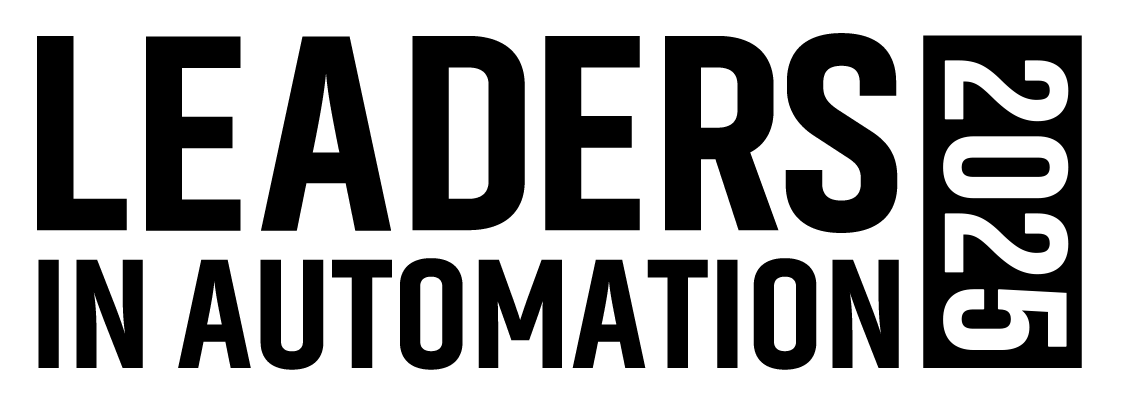Unlocking IIoT: Insights into Smart Sensor Technologies
Why this article is worth your time:
- Learn how smart sensors are transforming manufacturing by enabling predictive maintenance, improving diagnostics and enhancing operational efficiency.
- Discover strategies to overcome compatibility challenges between new sensor technologies and older manufacturing equipment.
- Gain a clear understanding of how smart sensors deliver measurable benefits, from reduced downtime to better sustainability practices, and how to calculate their return on investment.
In the Industrial Internet of Things (IIoT) era, sensor technologies play an increasingly critical role in manufacturing automation. The reason: Sensors are particularly invaluable for delivering the data needed for industry’s digital transformation, ensuring safe human and interactions, and enabling the integration of autonomous mobility.
To learn more about how new sensor technologies are designed for such applications, Automation World (AW) spoke to Adonis Evangelista (AE), product manager of photoelectrics at Rockwell Automation, and Scott Peterson (SP), product marketing manager of level and pressure at Endress+Hauser.
AW: How have sensor technologies for manufacturing changed considering IIoT and digital transformation?
SP: Companies continue adding capabilities to what the industry calls ‘smart instruments’. These include wizards to ease start-up and commissioning, as well as advanced diagnostics that provide anomaly detection, predictive maintenance and increased uptime. This also facilitates getting the correct information to the right people in a timely manner.
AE: Sensors are no longer simple on-and-off devices. Sensor technologies for manufacturing have undergone significant changes and advancements across several key areas, such as increased connectivity via the widespread adoption of IIoT, which has increased the number and scope of products with embedded communications protocols such as IO-Link.
Other areas include enhanced functionality and intelligence. The advent of more powerful microcontrollers capable of performing pre-processing, filtering and even running basic AI/ML (artificial intelligence/machine learning) algorithms for tasks like anomaly detection or predictive maintenance has enabled simple discrete sensors and other field devices of the past to evolve into smart, data-generating devices that provide greater levels of data and diagnostics.
The move to smart manufacturing, even starting with just smart sensors, is not an all-or-nothing endeavor requiring a complete retrofit of a machine or plant. A good first step is to focus on trouble areas or critical processes where you may be experiencing repeated sensor failures, process irregularities, and quality issues.
In addition to data on the processes and applications where they reside, the latest sensors offer additional information about their own health, such as internal temperature, sensing element failures and vibration monitoring. Also, microelectromechanical systems (MEMS) technology has enabled greater miniaturization and integration.
With a focus on predictive maintenance and condition monitoring, the latest smart sensors deliver information and insights that enable predictive maintenance, accelerate troubleshooting, reduce downtime, improve accuracy and durability, deliver precision measurements, improve diagnostics and maximize ROI. Ultimately, smart devices are a scalable technology that lay the foundation for smarter machines, smart connected systems and knowledge-driven operations.
AW: What are the primary benefits of using these newer sensor technologies?
AE: Enhanced efficiency and productivity. Sensors provide continuous data on equipment performance, energy consumption and production output, thereby enabling operation teams to identify inefficiencies and optimize processes in real time.
Lower maintenance costs via predictive maintenance, which reduces the need for unnecessary, scheduled maintenance and costly emergency repairs. Plus, smart systems can store sensor settings and parameters to allow replacement devices to download settings automatically for optimal plug-and-play installation.
Other benefits include improved product quality with enhanced consistency, actionable insights resulting in data-driven decision making and sustainability. Today’s sensors help optimize the use of energy, water and raw materials, allowing companies reduce their environmental impact.
SP: They provide enhanced measurement reliability and safety, higher operational efficiency and productivity gains, while ensuring compliance and process monitoring beyond the instrument.
Integrated smart-sensor and I/O solutions can increase productivity at least 5% to10%, minimize downtime and optimize overall equipment effectiveness (OEE) with continuous process and diagnostic data, enable faster product changeovers and accelerate commissioning.
AW: Are there issues with integrating new sensors with legacy manufacturing systems and equipment? If so, how can manufacturers address those issues?
SP: Newer smart instruments are designed for seamless compatibility with legacy systems, while also keeping an eye on the future. Instrumentation providing analog 4-20mA outputs, which legacy systems use, are unaffected by digital messaging, which is superimposed on the analog signal.
AE: Legacy equipment often uses communication protocols such as Modbus RTU, Profibus, and other older serial protocols that are not compatible with IIoT protocols like MQTT, OPC UA and EtherNet/IP. The physical interfaces and wiring may also be different. Also, older systems may store and transmit data in proprietary or less structured formats, making it difficult to integrate and analyze with data from newer sensors that use standardized formats.
Legacy equipment may also lack the necessary network interfaces, like Ethernet ports and Wi-Fi, required to connect to IIoT infrastructure. That’s why integrating disparate systems with different configuration methods and management tools can be complex and time consuming. Legacy architectures also present scalability challenges, as they may not easily scale to accommodate the large number of sensors and data points typical of IIoT deployments.
However, these issues are addressable using protocol conversion and gateways and leveraging application programming interfaces (APIs) where available. I also recommend implementing a centralized data historian or platform that can collect and normalize data to help adopt a gradual, phased approach to integration, starting with critical areas and progressively connecting more systems.
AW: How do newer sensors contribute to improving a manufacturer’s operational efficiency, productivity, and product quality?
SP: Looking at the key attributes of simplicity, safety and productivity, there are numerous improvements available via new sensor technologies. These include:
- The ability to connect with smartphones via Bluetooth connectivity, which eliminates the need for multiple interface tools.
- Guided commissioning wizards that save time versus challenging menu tree structures and complex or error-prone commissioning.
- The ability to deliver notifications about plugged impulse lines and provide loop power diagnostics. These improvements lead to reduced human-caused system failures, simpler troubleshooting and less on-site accidents.
AE: Unless you are aware of what is happening on machines minute-by-minute, it is impossible to maintain optimum productivity and efficiency at all times or avoid unplanned downtime and loss of production. An integrated smart sensor solution provides all the data necessary to create a comprehensive picture of the status of machines or production lines.
Integrated smart-sensor and I/O solutions can increase productivity at least 5% to10%, minimize downtime and optimize overall equipment effectiveness (OEE) with continuous process and diagnostic data, enable faster product changeovers and accelerate commissioning.
Unless you are aware of what is happening on machines minute-by-minute, it is impossible to maintain optimum productivity and efficiency at all times or avoid unplanned downtime and loss of production.
AW: How can manufacturers calculate the return on investment (ROI) by employing new sensor technologies?
AE: The returns on smart sensor devices can be significant and involves everything from enterprise-wide efficiencies down to simplified troubleshooting and wiring reduction. While there is no specific methodology for ROI calculation related to smart sensors, Rockwell Automation offers a general smart manufacturing savings calculator that can help.
AW: What advice would you give to manufacturers looking to integrate new sensor technologies?
AE: The move to smart manufacturing, even starting with just smart sensors, is not an all-or-nothing endeavor requiring a complete retrofit of a machine or plant. A good first step is to focus on trouble areas or critical processes where you may be experiencing repeated sensor failures, process irregularities, and quality issues.
More industrial sensor technology insights from Automation World:
About the Author

Leaders relevant to this article:


